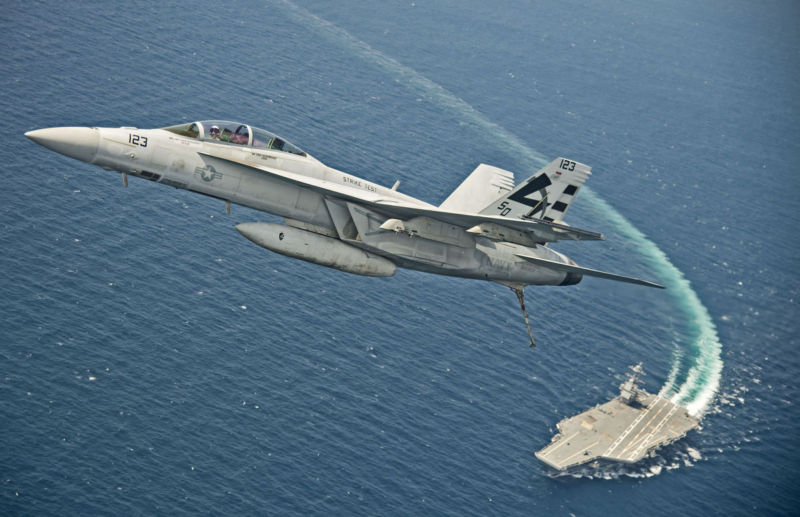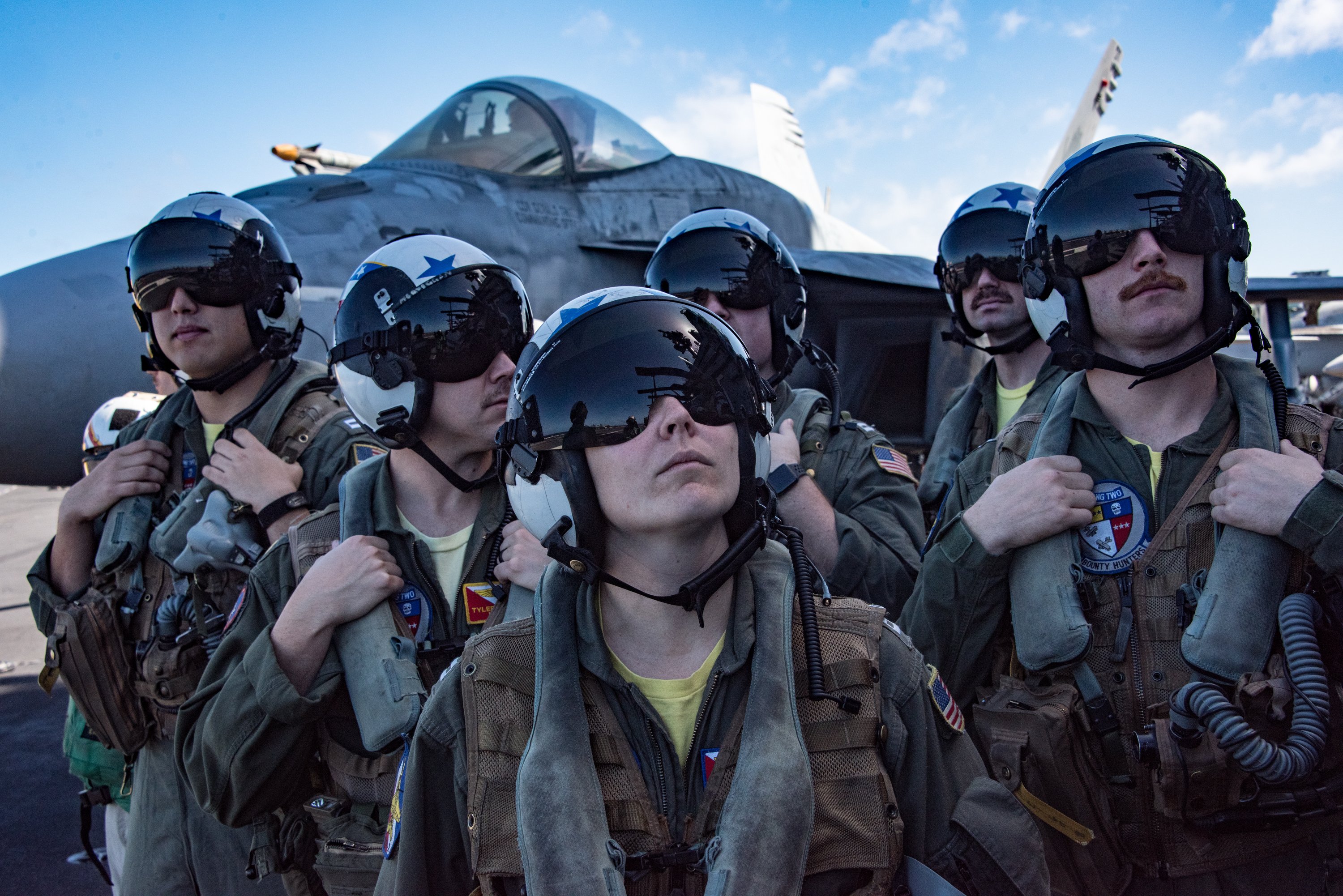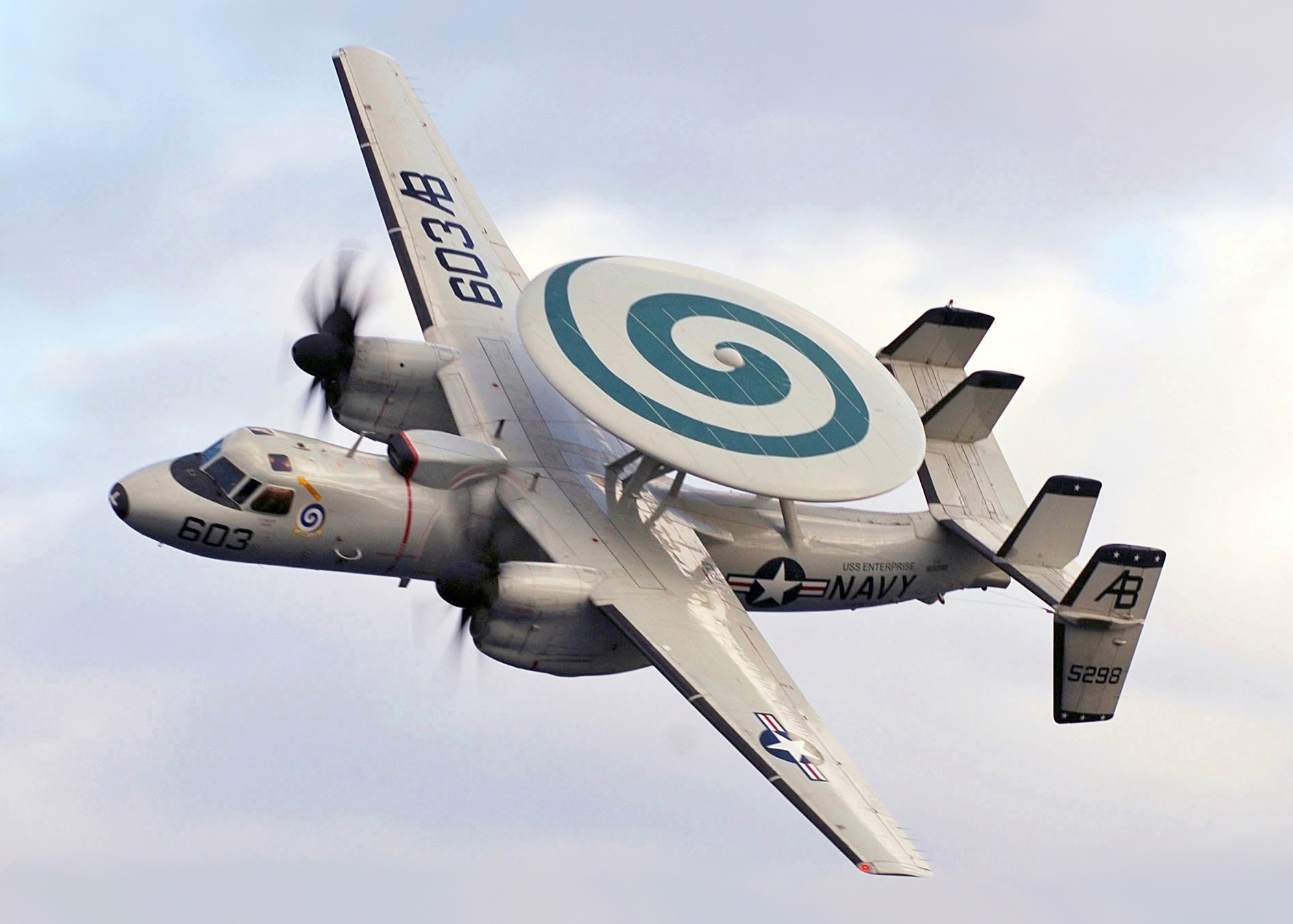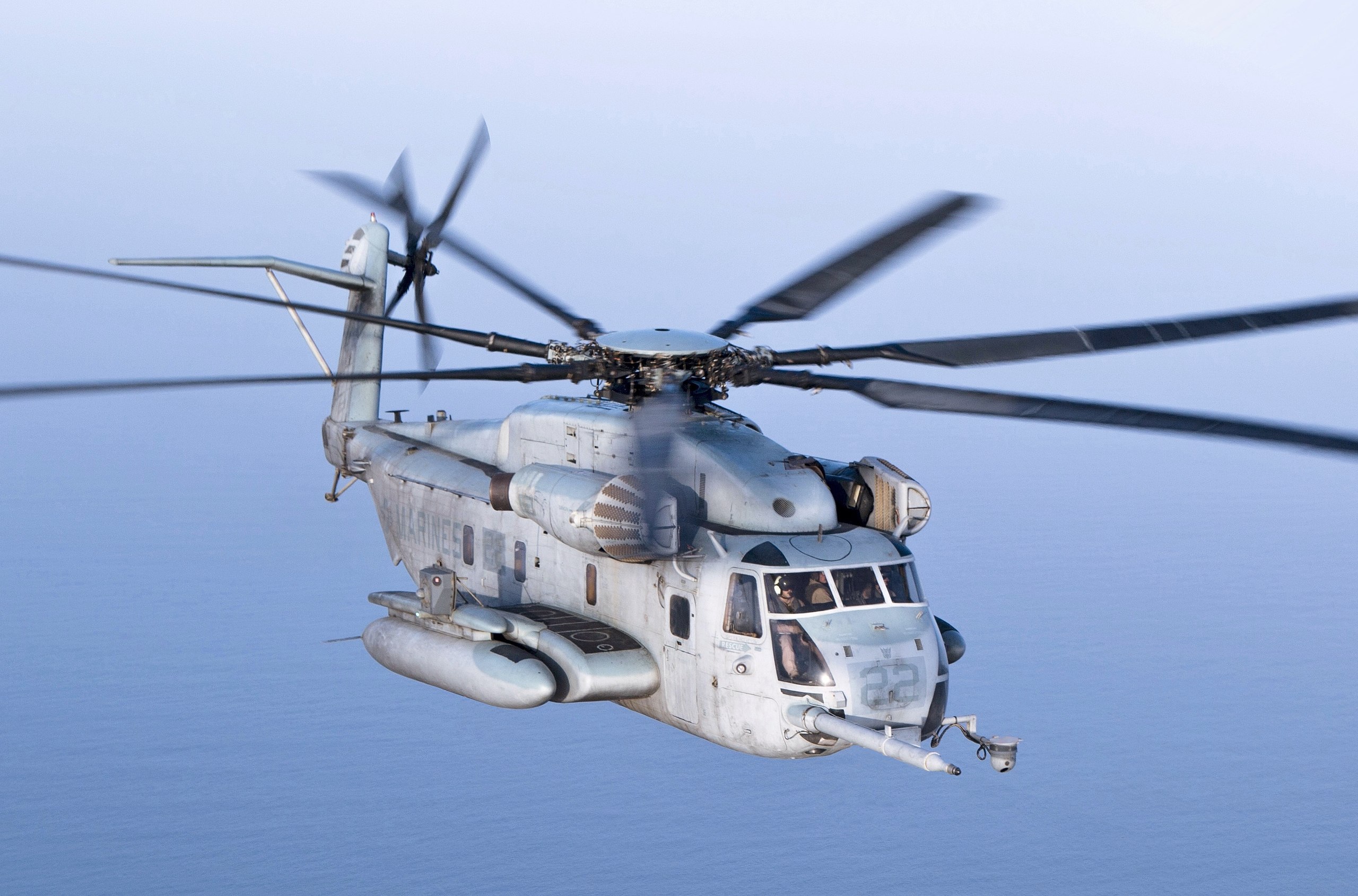Introduction
For my 3rd blog post I will be talking about aviation! Aviation is a very popular choice for commissioning because flying planes for the United States Navy is an amazing experience and extremely interesting. In this post I will talk about what aviation consists of, how to become an aviation officer, and where aviation officers work!
What is Aviation in the Navy?
Aviators in the Navy have a very important job of providing strategic projection in a variety of ways. Not only do they do the same jobs of some ships (maintaining freedom of the seas, maritime security, power projection) but they also maintain security in the air by protecting the area around important assets like aircraft carriers. Furthermore they are the go to offensive weapon in emergency situations and can be used both for close and long range operations. Fleet air defense is extremely important because it provides protection to a team of vessels which may be heading to various locations. Aviation is also important for anti-surface and anti-submarine attacks since they have bombing and missile capabilities.

Naval Pilot
There are two categories of Naval aviation officers. Naval pilots are those who actually pilot the planes and are the only ones allowed to take full control of flying. In order to become a Naval pilot one must first graduate, and then pass Introductory Flight Screening (ISF). After passing this medical screening students will head to Pensacola, FL for Aviation Preflight Indoctrination (API) for 6 weeks. Here they will learn the basics of aerodynamics, engines, meteorology, air navigation, flight rules etc. Following API, those who pass will then head to Primary Flight Training where all new pilots learn to fly the T-6 Texan. For 6 months this will further teach them skills regarding basic flying instruments, radio equipment, takeoff and landing and much more. Depending on the type of aircraft that aviators choose to fly, they may get up to 9 months more of training (especially for aircraft like fighter jets).

Naval Flight Officer
Naval Flight Officers differ then Naval pilot because NFO’s specialize in airborne weapons, sensor systems, and other co-pilot functions; however they are not actually allowed to take control of the aircraft. The training is very similar to that of a Naval pilot except NFO’s go to a different introductory school. Also different, NFO’s do not have to have 20/20 vision while Naval pilots are required to have that perfect vision. Many times NFO’s sit in the back seat of the aircraft or are the co-pilot who control a variety of functions.

Types of Naval Aircraft
While I won’t go into all of the crazy details of how to know which plane is which, it could be interesting to know why some planes start with a B or a V and why does one plane end in 13 while another ends with 104 etc. Well it’s actually not too confusing! The numbers just represent the aircraft made in chronological order. The letters distinguish the type of plane and their purpose. I’ll describe some of these plane functions below.
Fighter Jets
Fighter jets have a multitude of operations, mainly being air to air combat and getting to places at extremely quick speeds. They are destructive, fast, stealthy, and can suppress enemy air defense systems. The Navy has F/A-18’s and F-35 lightnings. The F-18 Super Hornets are slightly larger and a little more advanced than the regular Hornets.

Early Warning
Early Warning planes are extremely important to the navy because they are like the control-man of the sky. The all-weather plans are made to detect enemy aircraft, ships, and vehicles at very long ranges. They also have surveillance capabilities and command and control systems. The Navy uses a E-2 Hawkeye.

Electronic Warfare
Electronic warfare consists of aircrafts that are capable of taking out enemy radar systems by the use of jamming or deceiving enemy radars. Many of these planes are fast and have these electronic weapons under them that can completely mess with the radars, which allow friendly planes to fly in unnoticed. The Navy has a EA-18G Growler.

Patrol Planes
Patrol planes have an extremely important role because they are maritime reconnaissance planes that can operate for long hours. These planes observe important locations, enemy vessels, go on search and rescue operations, and track down other necessities. They can also be armed with a variety of weapons.

Transport
Transport planes are extremely valuable because they provide all the items needed for planes, vessels, submarines, crews, and more. This can literally be ANYTHING: food, clothes, fuel, missiles, people, water, parts, tools etc. Without being able to transport the necessary items it would be impossible to have a successful navy. The U.S. Navy has many of these planes with the most recognizable being the C-8 and C-130.

Helicopters
Lastly, I will talk about helicopters. While helicopters can play many different roles (transport, attack, anti-surface, mine warfare) they play a critical role because of their versatility and mobility. They are usually quick, fit limited people and space, however can provide high firepower and strength if needed.

Why Should You Become a Pilot?
There can be many reasons why someone might want to fly in the Navy. If you hate flying or are afraid of heights, I hope you enjoyed but you can stop reading. If you enjoy that stuff just know you will get great experience, travel the world, earn a very solid amount of money, and meet great people along the way. As usual, you may be put in tough situations and must be willing to protect the country at all costs. If you are looking to become a airline pilot one day, this is also the experience you will want to have.
This was a really interesting topic of choice! I personally have very limited knowledge on aviation and its relation to the navy, so this was enlightening for me to read. I especially appreciated the detail in your descriptions and the pictures going along with your explanations; a visual image was helpful in understanding what you were discussing. One problem, though, is just proofread for grammar and punctuation. It’s a very small concern, though. Other than that, I found this post to be very exciting, informational, and refreshing to read. Good job!
I did not know anything about the Navy or aviation but you did a good job of being informative while still being interesting and engaging. Nice job!